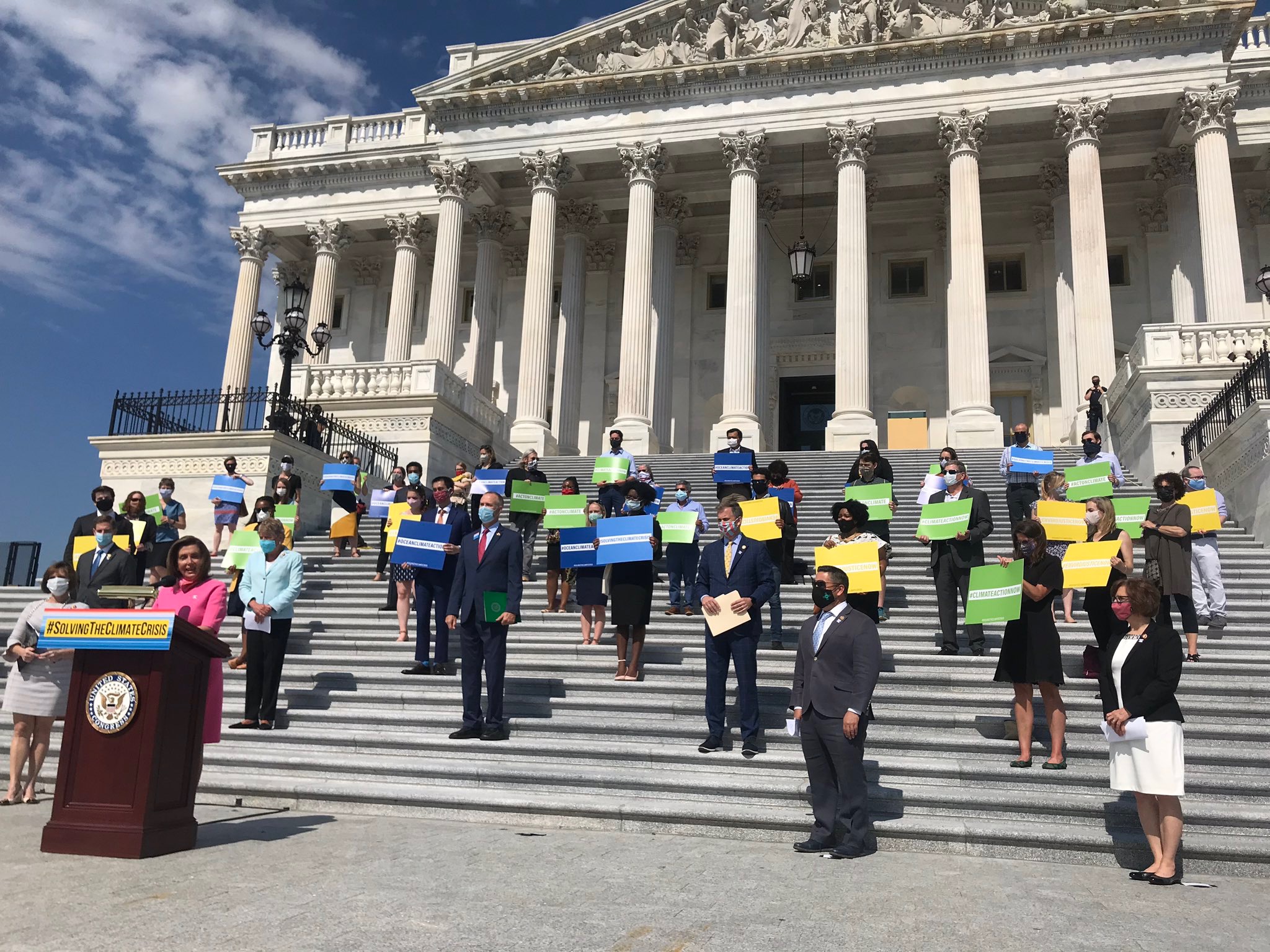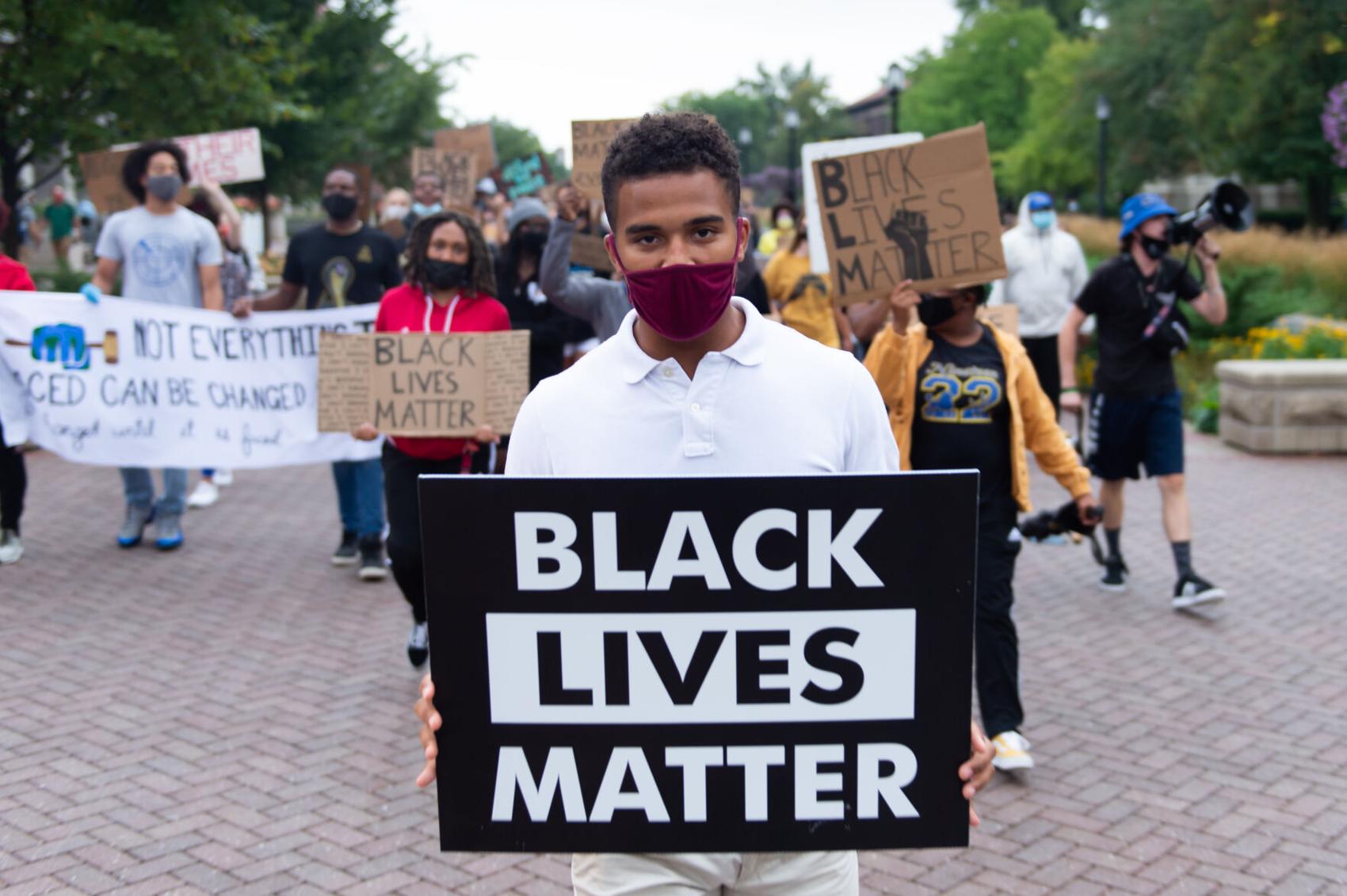In a move that’s sending shockwaves through conservation and cultural preservation communities, President Trump has unveiled his proposed budget for Fiscal Year 2026—a “skinny budget” that outlines his administration’s top priorities. This plan is a roadmap to unravel six decades of environmental progress.
This budget, far from being a neutral financial document, signals an aggressive shift in priorities. Protecting our natural and cultural heritage is undermined by its aim to deregulate, extract, and abolish the federal government’s responsibility to ensure environmental health for all. Each of these impacts disproportionately harms Latinos and the environment we and our animal relatives rely on.
Nature and Heritage on the Chopping Block
Trump’s budget proposal doesn’t mince words when it comes to cutting funding. Entire programs face elimination, and core agencies are being reshaped with a narrowed focus. Among the hardest hit:
- National Park Service: Facing a staggering $900 million cut, the NPS would be forced to offload smaller, less-visited parks to state and tribal governments.
- Cultural Institutions: The administration seeks to eliminate the 400 Years of African American History Commission, the Institute of Museum and Library Services, and the National Endowments for the Arts and Humanities—programs that safeguard and elevate the diverse cultural stories of America.
🔎 Spotlight: The Historic Preservation Fund
One of the most alarming proposed cuts is to the Historic Preservation Fund (HPF), which faces a $158 million reduction—nearly wiping it out.
The HPF plays a vital role in protecting America’s irreplaceable heritage. It provides funding to state and tribal historic preservation offices, supports the preservation of African American, Indigenous, and other underrepresented heritage sites among more histories of national importance, and ensures that future generations can access these stories and places.
The administration argues that many of the projects it funds are of “local significance” and already have matching funds from state or private sources. But this justification dangerously overlooks the federal government's unique role in preserving nationally important but locally situated history—including landmarks of the civil rights movement, tribal cultural sites, and historically Black colleges and universities (HBCUs).
Without the HPF, hundreds of preservation efforts across the country could be delayed, downsized, or canceled entirely. It's a devastating blow to the very fabric of our shared national story.
Federalism or Abdication?
While the budget emphasizes “federalism”--a system of government in which power is divided between the federal government, states, Tribal nations, and territories–and a return to “core missions,” critics argue that this is a euphemism for abandoning federal responsibility in managing public lands and resources. By pushing more responsibilities onto states, tribes, and local governments—often without adequate funding—this plan creates a fragmented, under-resourced system of environmental and cultural stewardship.
Programs deemed “non-essential” or “of local interest”—such as small national park sites or community recreation initiatives—are deprioritized in favor of projects with narrowly defined national significance.
At the heart of the budget is a deregulatory agenda that favors energy development, timber production, and mineral extraction over conservation and sustainability. For example, some key budget changes include:
- Bureau of Reclamation: A reduction of $609 million targeting habitat restoration.
- USGS Research Programs: $564 million in cuts particularly affecting climate and ecosystem research.
- Forest Service Operations: A $391 million reduction, prioritizing timber logging over biodiversity and recreation.
- Natural Resource Conservation Service: A $754 million cut, shifting conservation resourcing responsibilities to the private sector and states.
Programs that provide technical conservation support to farmers and ranchers—crucial for sustainable land management and affordable food production—are on the chopping block.
What’s at Stake
The total estimated impact to programs aligned with GreenLatinos’ Public Land Program priorities alone is nearly $5 billion. That number climbs signicantly higher when you include broader cuts to climate and ecological initiatives.
This is more than just a budget proposal—it’s a stark reflection of the administration’s inhumane values, and a call to action for anyone who cares about the future of our environment, public lands, and cultural history. Contact your members of Congress today and urge them to fight for fully funding these programs and agencies ensuring community health and prosperity.
As Congress takes up debate over this proposal, the stakes couldn’t be higher. The future of the our natural world and irreplaceable cultural heritage—hang in the balance.




